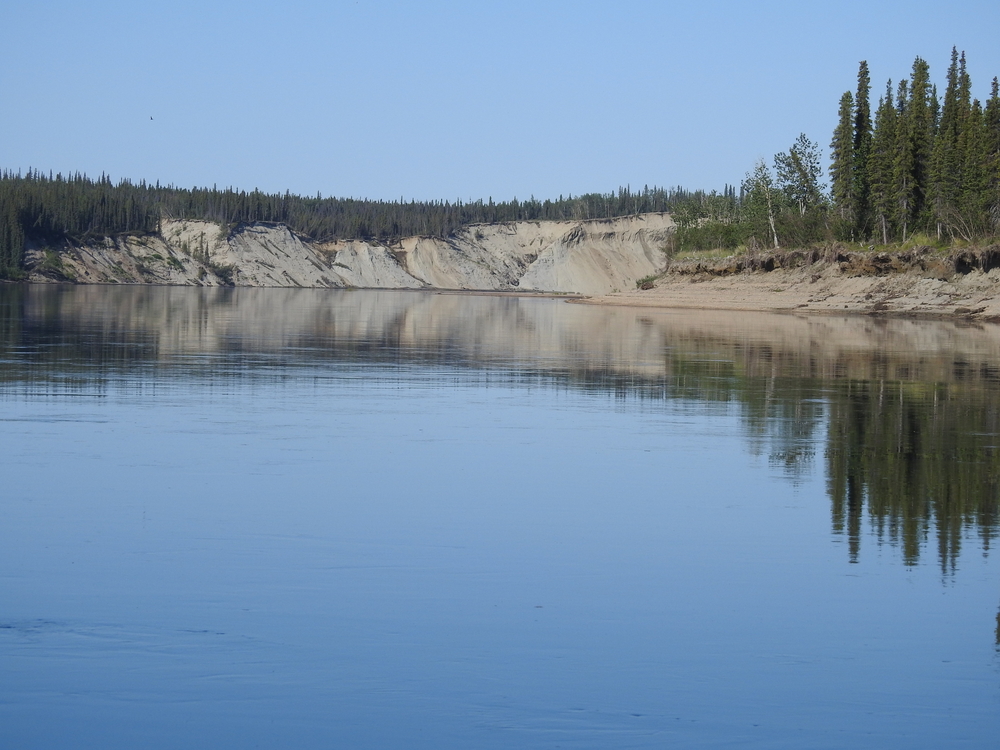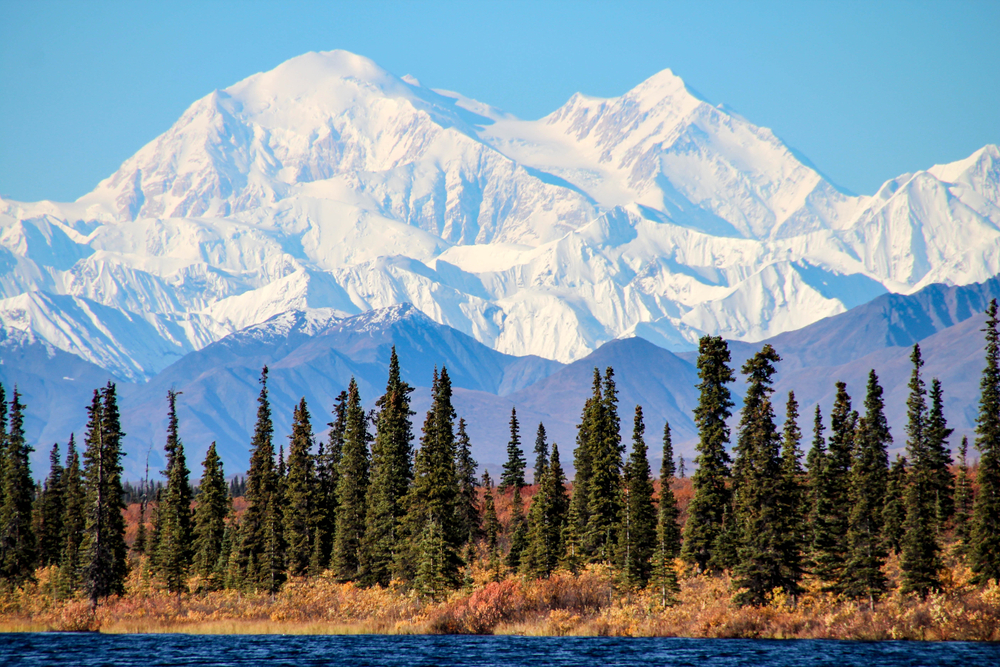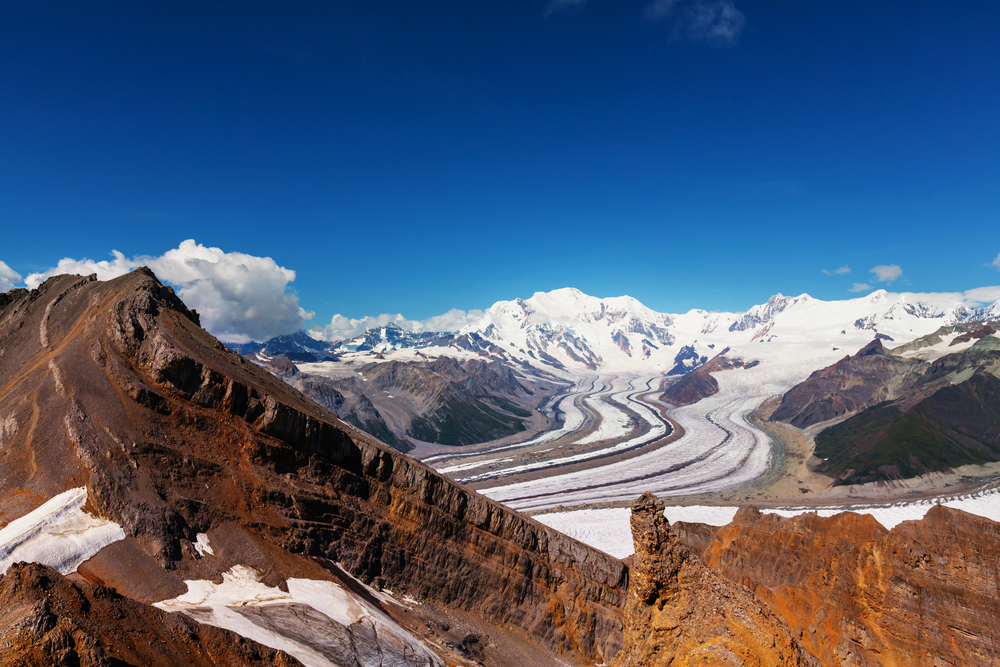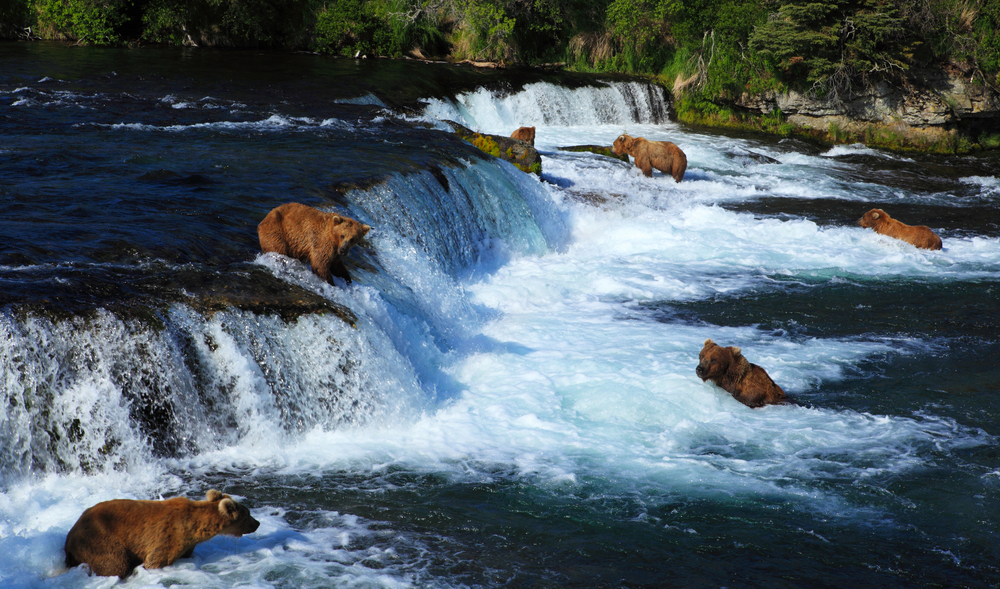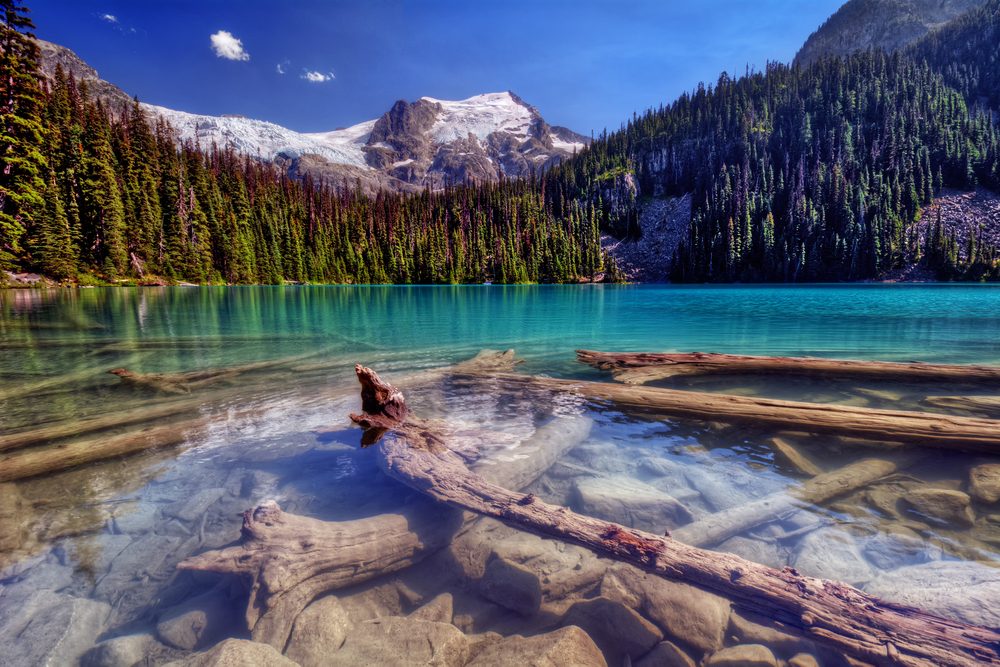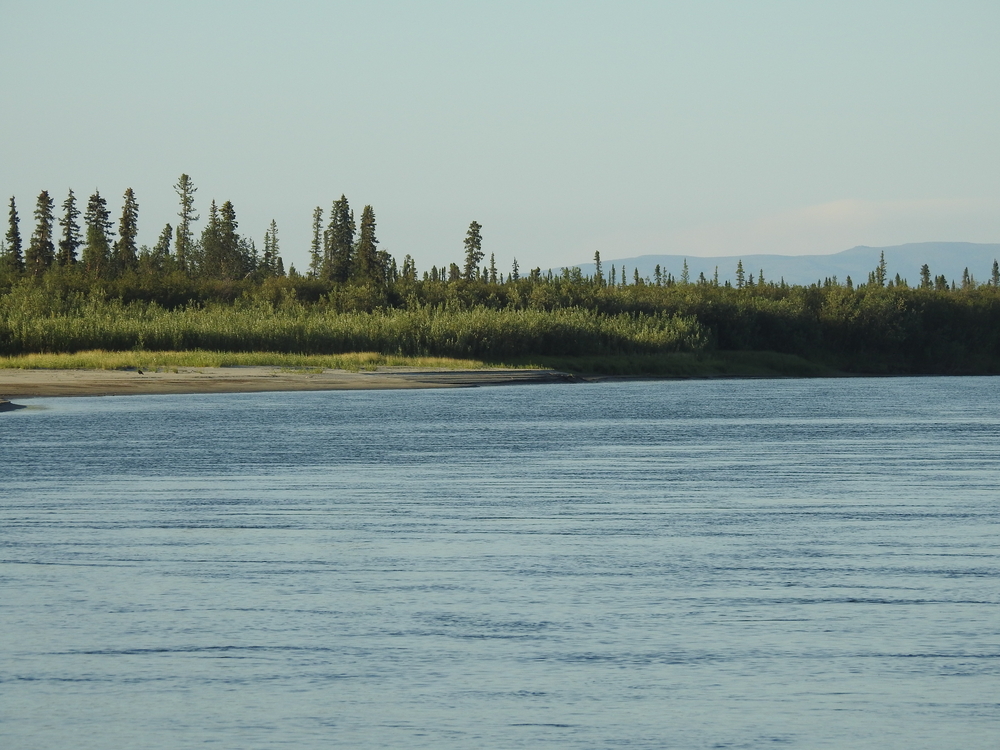Popular
Kobuk Valley National Park, a remote and spectacular wilderness in Alaska, is renowned for its vast sand dunes and the annual migration of caribou, hosting a unique assembly of Arctic wildlife that thrives in its challenging landscapes, drawing visitors into a world where nature’s resilience is on full display.
Western Arctic Caribou The park is famous for the Western Arctic Caribou herd, tens of thousands strong, that migrate through the valley, an awe-inspiring natural spectacle.
Grizzly Bear Roaming the park’s expanses, Grizzly Bears are a powerful symbol of the wild, foraging for berries, roots, and occasionally preying on caribou calves.
Moose The solitary Moose wanders through Kobuk Valley’s forests and wetlands, the largest member of the deer family, adapted to the cold climate.
Gray Wolf Elusive Gray Wolves travel in packs across the park, playing a crucial role in maintaining the balance of its ecosystem by preying on weaker caribou.
Arctic Fox The adaptable Arctic Fox, with its white winter coat, scavenges for leftovers from wolf kills and searches for small mammals under the snow.
Snowy Owl With its stunning white plumage, the Snowy Owl is a ghostly presence against the park’s winter landscape, hunting for lemmings and other small rodents.
Bald Eagle Soaring above the Kobuk River, Bald Eagles are often seen fishing, their nests perched high in trees along the water’s edge.
Beaver Beavers are ecosystem engineers of Kobuk Valley, creating ponds and wetlands that benefit a multitude of species by altering the landscape with their dams.
Porcupine Feeding on the bark of willows and alders, the Porcupine is a common sight, its quills a unique defense against predators in the park.
Red Fox The Red Fox, with its striking orange fur, is a versatile predator and scavenger, adapting to a variety of habitats within the park.
Kobuk Valley National Park’s wildlife, from the migrating Western Arctic Caribou to the solitary Porcupine, embodies the incredible adaptability and beauty of life in the Arctic, offering profound insights into the survival strategies of species at the top of the world.








































































